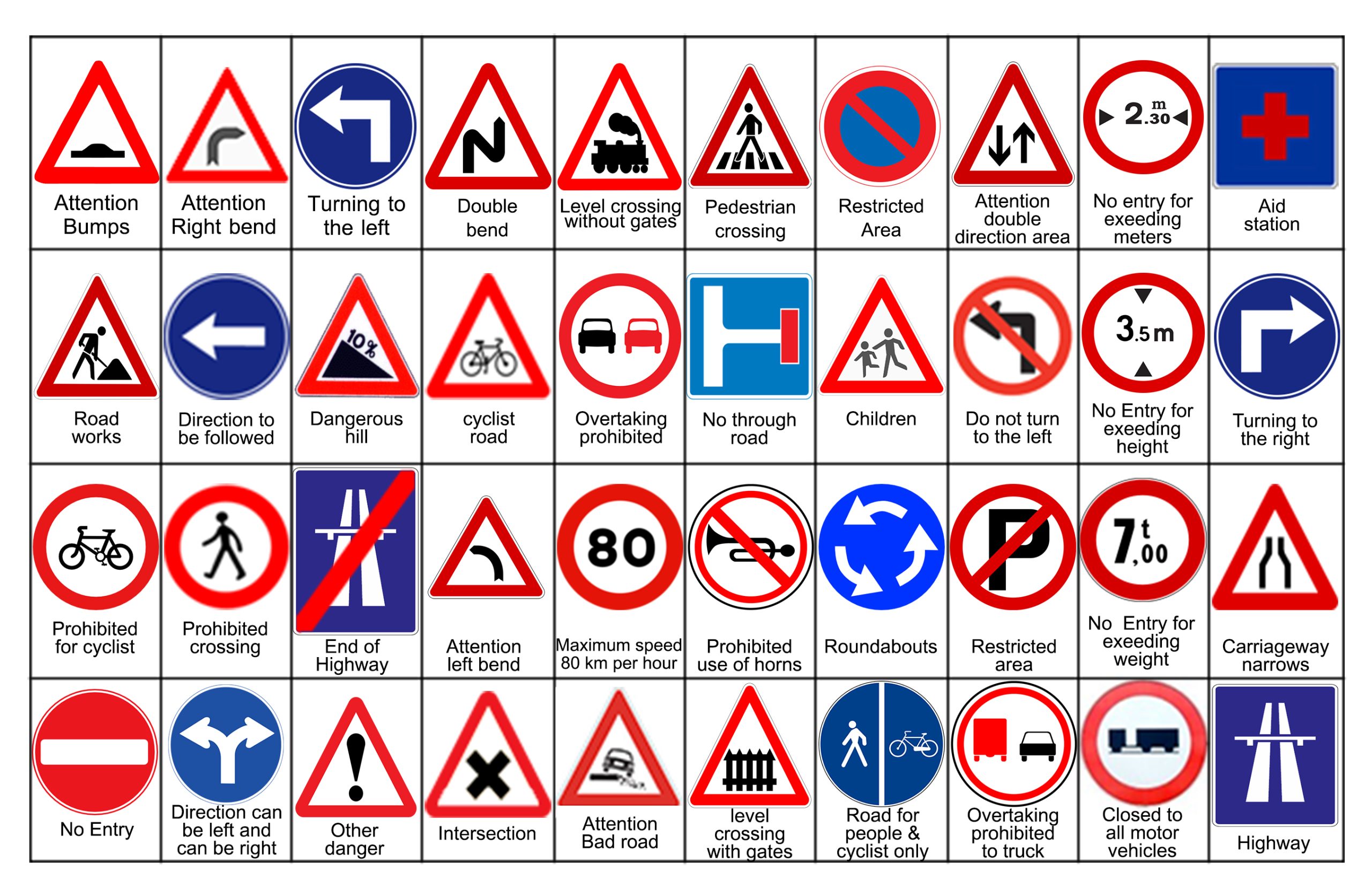Avalanche Safety: Identifying Unstable Snowpack Conditions & Red Flags
Heading into the backcountry and unsure if the snow is safe? You're not alone. Recognizing the signs of snowpack instability is crucial for making informed decisions and minimizing your risk in avalanche terrain. We'll break down the key indicators to help you assess conditions and stay safe.
Understanding the Basics of Snowpack Instability
Snowpack instability arises when different layers within the snowpack fail to bond effectively. This lack of cohesion can lead to slab avalanches, where a cohesive layer of snow (the slab) slides over a weaker layer beneath it. The formation and persistence of weak layers are influenced by various factors, including weather conditions, temperature, and snow crystal types. Identifying these weak layers and understanding the factors that contribute to their presence are paramount for safe backcountry travel. The stability of a snowpack is not a constant; it's a dynamic system influenced by ongoing weather conditions. What was stable yesterday might be unstable today, and vice versa.
Factors Influencing Snowpack Instability
Snowpack Metamorphism
Snow crystals undergo constant change, a process known as metamorphism. These changes can weaken or strengthen bonds between layers. For example, surface hoar, a feathery frost that forms on the snow surface during cold, clear nights, can become a persistent weak layer if buried by subsequent snowfall.
Temperature Gradients
A significant temperature gradient within the snowpack (warmer at the bottom, colder at the top) can promote the formation of weak, sugary snow crystals near the base. This is because the vapor pressure gradient drives water molecules from the warmer snow to the colder snow, where they deposit and form weaker bonds. According to a 2024 study published in the Journal of Glaciology, temperature gradients exceeding 10°C per meter are strongly correlated with the formation of depth hoar and an increased risk of avalanches.
Obvious Signs of Unstable Snowpack
These are the "red flags" that should immediately raise concerns and prompt a more cautious approach. Observing these signs means that conditions are already at or near a threshold of instability. Continued travel in similar terrain is not advised.
- Recent Avalanche Activity: The most obvious sign. If avalanches have occurred recently on similar slopes, it's a clear indication of instability. Even small avalanches should be taken seriously.
- Whumphing Sounds: A distinctive "whumph" sound indicates that the snowpack is collapsing under your weight. This is a very serious sign of widespread instability and the potential for slab avalanches. These sounds are caused by the collapse of a weak layer within the snowpack, often propagated over a broad area.
- Cracking or Collapsing: Obvious cracking or collapsing of the snowpack around you, especially when traversing slopes, indicates a weak layer is failing.
These obvious signs are indicators that the snowpack instability is prominent. It is imperative to be aware of these signs while in avalanche terrain. Never ignore these signs; they could be lifesaving.
Subtle Signs of Unstable Snowpack
These signs may be less immediately apparent, but they are still important indicators of potential instability. They often require more careful observation and interpretation.
- Changes in Snowfall: Rapid loading of the snowpack due to heavy snowfall or wind loading can increase stress on weak layers. Wind loading can deposit significant amounts of snow on leeward slopes, creating unstable slabs.
- Rapid Temperature Changes: A sudden warming trend or rain on snow can weaken the snowpack and increase the likelihood of avalanches.
- Snow Layer Characteristics: Examining the snowpack profile in a snow pit can reveal the presence of weak layers, such as surface hoar, depth hoar, or faceted crystals. The bonding between layers can be assessed by performing hand shear tests or compression tests.
Understanding the weather conditions and paying attention to subtle changes in the snow can give you insight into the snowpack instability. Knowledge of snow layers will help determine the risk. Being aware of these less obvious signs can aid in preventing a disastrous situation.
The Role of Weather Conditions
Weather conditions are a primary driver of snowpack instability. Understanding how different weather patterns affect the snow is essential for making informed decisions in the backcountry.
Heavy snowfall, especially when accompanied by wind, can rapidly load slopes and increase stress on existing weak layers. Rain on snow can saturate the snowpack, weakening bonds and increasing the weight of the snow. A rapid warming trend can also destabilize the snowpack by melting the surface and increasing the stress on deeper layers.
Cold, clear nights can lead to the formation of surface hoar, which can become a persistent weak layer if buried. Wind can transport snow from windward slopes to leeward slopes, creating wind slabs that are often unstable. Recognizing these weather patterns and understanding their potential effects on the snowpack is crucial for safe backcountry travel.
Evaluating Snow Layers and Structure
A crucial part of assessing snowpack instability involves understanding the different snow layers that make up the snowpack and how they interact. This often involves digging a snow pit to examine the snow stratigraphy.
Identifying Weak Layers
Weak layers are the primary cause of slab avalanches. Common types of weak layers include surface hoar, depth hoar (faceted crystals), and persistent grain shapes formed under specific temperature gradients. Visual examination and hand tests (e.g., hand shear test, compression test) are used to identify these layers and assess their strength. The presence of a weak layer doesn't automatically mean an avalanche will occur, but it significantly increases the risk.
Assessing Layer Bonding
The strength of the bonds between different snow layers is critical. Poorly bonded layers allow slabs to slide easily. Compression tests and extended column tests can provide valuable information about the bonding strength. These tests involve isolating a column of snow and applying force to see how easily it fractures and propagates.
Interpreting Snow Profiles
A snow profile is a visual representation of the snowpack structure, showing the different layers, their characteristics, and the results of stability tests. Interpreting a snow profile requires experience and knowledge of snow science. Avalanche forecasts often include snow profiles to help backcountry users understand the current snowpack conditions.
| Snow Layer Characteristic | Potential Instability Implication |
|---|---|
| Surface Hoar | Can become a persistent weak layer when buried. |
| Depth Hoar (Faceted Crystals) | Weakly bonded crystals that can collapse under pressure. |
| Wind Slab | Densely packed snow formed by wind, often overlying a weaker layer. |
| Rain Crust | Ice layer formed by rain, can act as a滑雪面 |
Advanced Indicators and Techniques
For experienced backcountry travelers, more advanced techniques can provide additional insights into snowpack instability. These techniques require specialized knowledge and equipment.
- Rutschblock Test: A skier-triggered test where a block of snow is isolated and observed for fracture propagation.
- Extended Column Test (ECT): A modified compression test used to assess fracture propagation potential over a larger area.
- Slope Meter Readings: Measuring slope angles with a slope meter to identify terrain where avalanches are more likely to occur. Statistics show that most avalanches occur on slopes between 30 and 45 degrees.
| Test | Description | Interpretation |
|---|---|---|
| Rutschblock Test | A skier-triggered test where a block of snow is isolated and observed for fracture propagation. | Identifies crack propagation; determines shear quality. |
| Extended Column Test (ECT) | A compression test on a large isolated column to assess crack propagation potential. | Provides information on fracture initiation and propagation within the snowpack. |
FAQ
Here are some frequently asked questions regarding snowpack stability:
- What is the most important sign of unstable snowpack? Recent avalanche activity on similar slopes is the most direct and concerning sign.
- How can I learn more about snowpack assessment? Take an avalanche safety course from a reputable provider. Practical experience is crucial.
- What if I'm unsure about the snowpack stability? Err on the side of caution. Choose conservative terrain and consider turning back.
- How does wind loading affect snow stability? Wind loading transports snow, depositing it on leeward slopes. This can create unstable slabs, particularly above weaker layers.
Understanding and recognizing the signs of unstable snowpack is a continuous learning process. Applying this knowledge in the field and consistently practicing safe backcountry travel techniques are essential for minimizing your risk. Share your questions and experiences in the comments below to help build a safer backcountry community.


